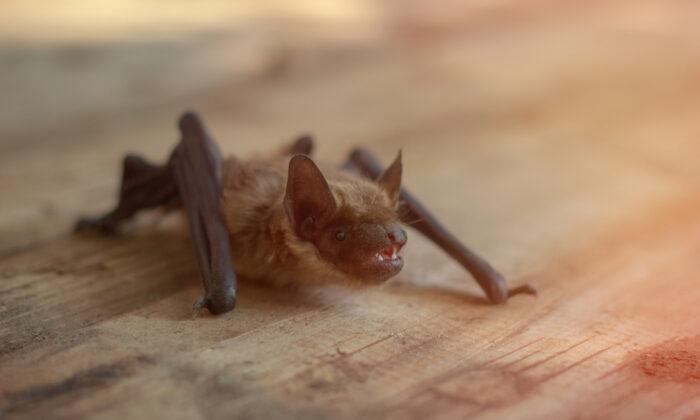Q: Our cat Brewster tangled with a bat in our house. I managed to get the bat away from him and move it outside. Brewster’s rabies vaccination is current, and I don’t see any bites on him. Do I need to make an appointment with his veterinarian?
A: Yes. It’s prudent to assume Brewster was bitten by the bat. Bat teeth are tiny, and most people bitten by bats don’t feel the bite or see a mark on their skin. Therefore, it’s not surprising that you don’t see a bite mark on Brewster.
Since his rabies vaccination is current, he should visit his veterinarian immediately for an exam and a rabies booster, which will help him produce additional antibodies in case the bat was rabid. He should also be confined for 45 days and observed for signs of rabies.
A pet without current rabies vaccination that is exposed to a rabid bat must be quarantined or euthanized, so it’s essential to keep pets’ rabies vaccinations up to date.
You, too, may have been bitten by the bat, so you should immediately consult your health care provider or local public health professional.
Untreated rabies is fatal, but antibodies and vaccinations given to the exposed person before the onset of symptoms can prevent a gruesome death.
Five people died of rabies in the U.S. in 2021. One of them had contact with a bat that tested positive for rabies, but the man declined treatment because he feared vaccinations. Two other people who died of rabies had released the bats that exposed them and hadn’t sought immediate care.
Don’t make the same mistake. Please seek help now.
Q: Molly, my 9-year-old cocker spaniel, has a built-in clock that makes her awaken me every morning within minutes of 6 a.m. At night, she lets me play my digital theater organ until midnight, when she tells me it’s time for bed by traipsing across the organ’s pedals, introducing discordant notes into my music. How can she be so consistent?
A: Molly has a charming way of reminding you that she needs her beauty sleep—as do you, I might add. My dogs also seem to have internal clocks, as they start dancing around a few minutes before their standard mealtime.
One theory for this is that dogs rely on external signals, such as the sun’s position or the striking of a clock.
Another theory is that dogs are exquisitely attuned to scent and associate certain events with specific scent levels. For example, if you feed Molly at 6 p.m. and the odor of food gradually declines to a minimal level at 6 a.m., she awakens you when she recognizes that low scent level as the signal to eat again.
Yet another clue to how animals tell time was described in a study published in Nature Neuroscience in 2018. Scientists discovered nerve cells, or neurons, that act like a clock in a part of the brain’s temporal lobe called the medial entorhinal cortex, or MEC.
In the study, mice learned to run along a track, stop and wait exactly six seconds, and then resume running to earn a food reward. High-resolution imaging monitored brain activity and found that the MEC clock neurons were active only while the mice stopped and waited for the required time to elapse.
It’s possible that dogs and other animals also have MEC neurons that help them remember the timing of important events—though we all know some humans who don’t seem to have MEC clocks at all.





